UHG Ultrafast Harmonic Generators
Overview
Spectra-Physics’ ® UHG series is a user-friendly Ultrafast Harmonic Generator (UHG) module capable of second, third, and fourth harmonic generation for femtosecond and picosecond oscillators such as the Spectra-Physics InSight®, Mai Tai® and Tsunami®. The UHG series is also available with optional pulse selection and automated tuning.
- High conversion efficiency
- Single broadband optics set
- Motorized tuning option
- Pulse selector option
- Compact housing
Products
Applications
- Non-linear spectroscopy
- Quantum optics
- Biochemistry
- Biophotonics
- Microelectronics characterization
Specifications
UHG for InSight Specifications1
| Second Harmonic Generation | Fundamental | SHG |
|---|---|---|
| Input Wavelength | 680-1300 nm | |
| Output Wavelength | 680-1300 nm | 340-650 nm |
| Conversion Efficiency (@ 900 nm, 80 MHz) | 40% | |
| Power with InSight X3+/X32 | 3000/2000 mW | 1200/800 mW |
| Pulse Selection | Fundamental | SHG |
|---|---|---|
| Wavelength | 680-1100 nm | 340-650 nm |
| Diffraction Efficiency (@ 900 nm, 8 MHz) | 35% | |
| Power with InSight X3+/X32 | 107/71 mW | 15/10 mW |
Footnotes:
- Due to our continuous product improvements, specifications are subject to change without notice.
- InSight X3+ specification 3 W at 900 nm. InSight X3 specification 2 W at 900 nm.
UHG for Mai Tai and Tsunami Specifications1
| Femtosecond Operation | SHG | SHG (in THG)2 | THG | FHG |
|---|---|---|---|---|
| Input Wavelength | 680-1080 nm | 836-968 nm | ||
| Output Wavelength | 340-540 nm | 226-360 nm | 209-242 nm | |
| Conversion Efficiency3 | 40% | 25% | 10% | 4% |
| Power with Mai Tai HP4 | 1000 mW | 625 mW | 250 mW | 80 mW |
| Power with Tsunami HP5 | 1080 mW | 675 mW | 270 mW | 100 mW |
| Picosecond Operation | SHG | SHG (in THG)2 | THG | FHG |
|---|---|---|---|---|
| Input Wavelength | 680-1080 nm | 836-968 nm | ||
| Output Wavelength | 340-540 nm | 226-360 nm | 209-242 nm | |
| Conversion Efficiency3 | 15% | 10% | 4% | 0.1% |
| Power with Tsunami HP5,7 | 435 mW | 290 mW | 87 mW | 2.5 mW |
| Pico HE Option | 25% | 20% | 12% | 1% |
| Pico HE option with Tsunami HP5,7 | 725 mW | 580 mW | 348 mW | 25 mW |
UHG Pulse Selector Specifications1 - Stand Alone Pulse Selector (Femtosecond and Picosecond Operation)
| Input Wavelength | 680-1080 nm | ||
| Diffraction Efficiency8, 10 | 40% | ||
| Power with Mai Tai HP4, 10 | 100 mW | ||
| Power with Tsunami HP5, 10 | 108 mW | ||
| Contrast Ratio8, 9 | 300:1 | ||
| Repetition Rate | Adjustable: 40 MHz to single shot | ||
UHG Pulse Selector Specifications 1 - Pulse Selector with Harmonic Generation
| Femtosecond Operation | SHG | SHG (in THG)2 | THG |
|---|---|---|---|
| Output Wavelength | 340-540 nm | 226-360 nm | |
| Conversion Efficiency3,6 | 10% | 8% | 5% |
| Power with Mai Tai HP4 | 8.5 mW | 7 mW | 4 mW |
| Power with Tsunami HP5 | 9.5 mW | 7.5 mW | 4.5 mW |
| Picosecond Operation | SHG | SHG (in THG)2 | THG |
| Output Wavelength | 340-540 nm | 226-360 nm | |
| Conversion Efficiency3,6 | 3% | 2.5% | 1% |
| Power with Tsunami HP7 | 3 mW | 2.5 mW | 1 mW |
Footnotes:
- Due to our continuous improvement program, specifications are subject to change without notice.
- SHG when THG is detuned.
- Conversion efficiency given at 800 nm for SHG and THG, 900 nm for FHG. Minimum input power of 2 W required for specified efficiencies.
- 2.5 W @ 800 nm, 8 MHz pulse picking.
- 2.7 W @ 800 nm, 8 MHz pulse picking.
- In relation to diffracted fundamental power @ 8 MHz.
- 2.9 W @ 800 nm, 8 MHz pulse picking, 1–2 ps.
- Values for 800 nm, 8 MHz pulse picking.
- Contrast ratio value for selected pulse to adjacent pulse in high contrast mode, contrast ratio for selected pulse to non-adjacent pulses is >400:1.
- Diffraction efficiency and power values are given in high efficiency mode.
Features
UHG Series for InSight
The UHG Series for InSight provides virtually gap free tuning from 340 nm to 1300 nm when combined with the fundamental output. It provides high efficiency second harmonic generation (SHG) output that exceeds 40% efficiency when combined with the InSight X3™. The UHG series for InSight can be fully automated and tunes both the fundamental and second harmonic wavelengths. Pulse selection is available from 340 nm to 1100 nm at repetition rates from single shot to 40 MHz. The pulse selector can be used in high contrast ratio mode, or high efficiency mode depending on the needs of the experiment. For both modes of operation, the pulse selector module is positioned before all harmonic stages to offer the highest contrast ratio.
UHG Series for Mai Tai and Tsunami
The UHG Series for Mai Tai and Tsunami has been designed to handle input power levels of more than 4 W and deliver efficiencies exceeding 40% for SHG. The UHG series is a compact, flexible system that is easy to use and suitable for a broad range of scientific applications.
Compatible Power Sensors
To verify and analyze the output power of yourUHG laser, we recommend the Ophir 3A-PF-12 (7Z02720) thermal power sensor and Centauri laser power meter. Additional information on this laser measurement equipment can be found on the ophiropt.com website. Other Ophir sensors and meters may also be suitable for the UHG, depending on application. Ophir also works with laser system developers to achieve embedded beam diagnostics to monitor system performance as an OEM solution.
Resources
Data Sheets
- UHG Datasheet (756.8 kB, PDF)
Drawings & CAD
- UHG Dimensions (229.6 kB, PDF)

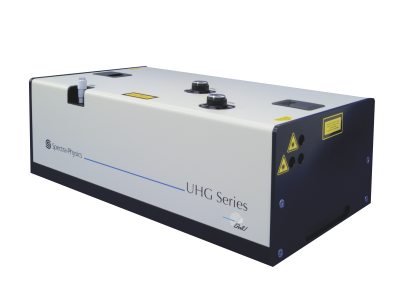
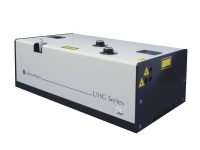
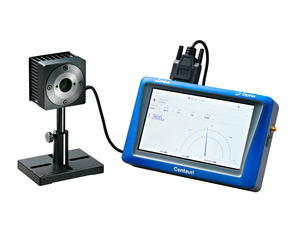

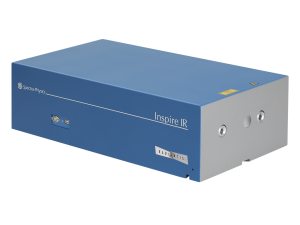
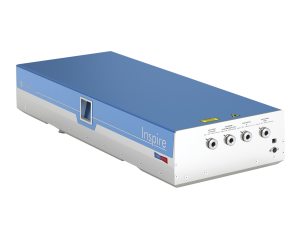

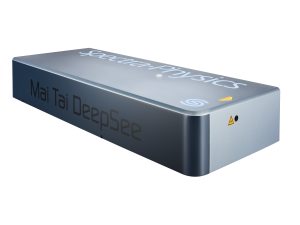
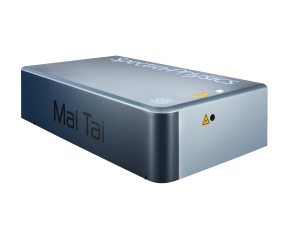
 Ultra-High Velocity
Ultra-High Velocity